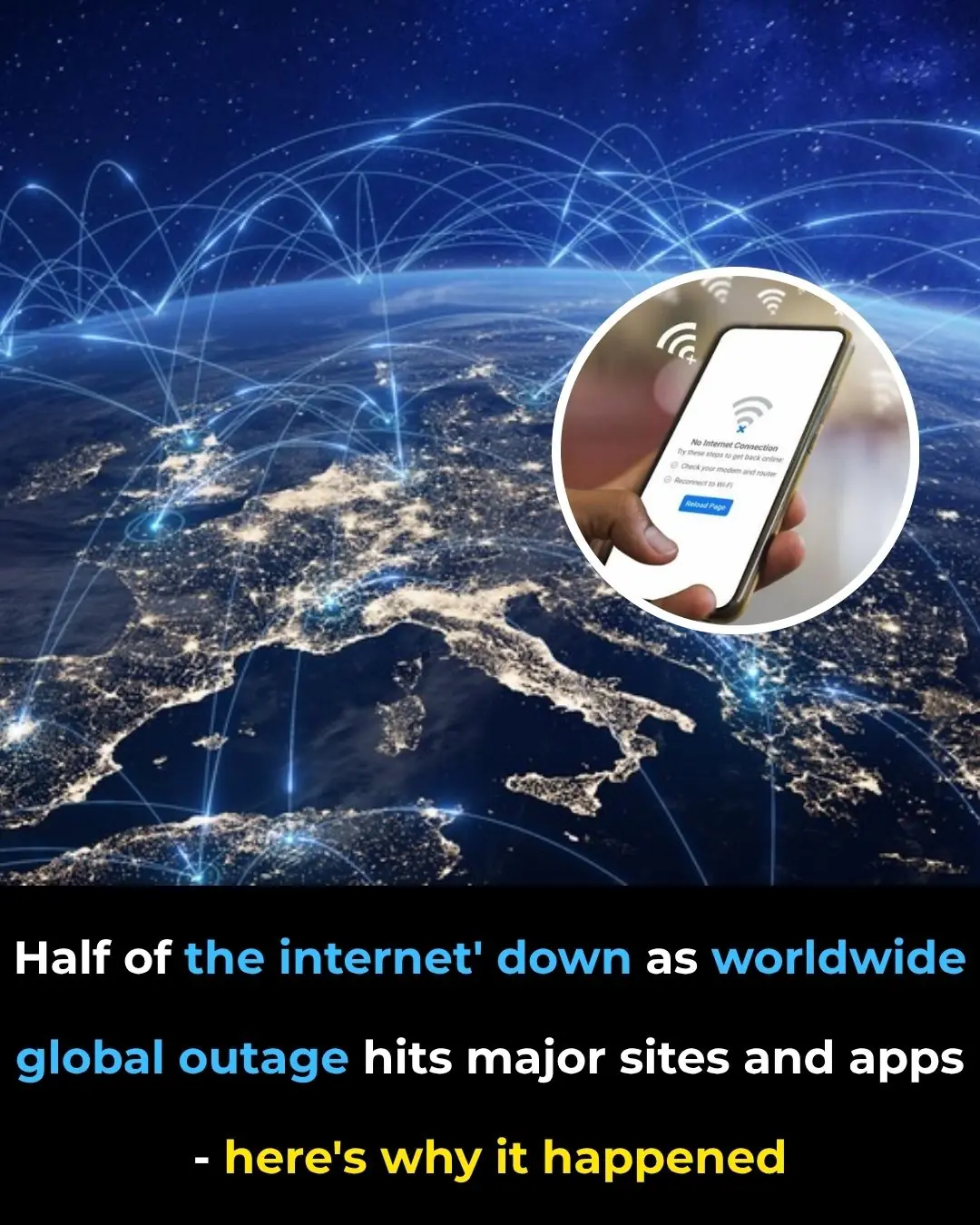
Polylaminin: Could This Breakthrough Help Heal Spinal Cord Injuries?
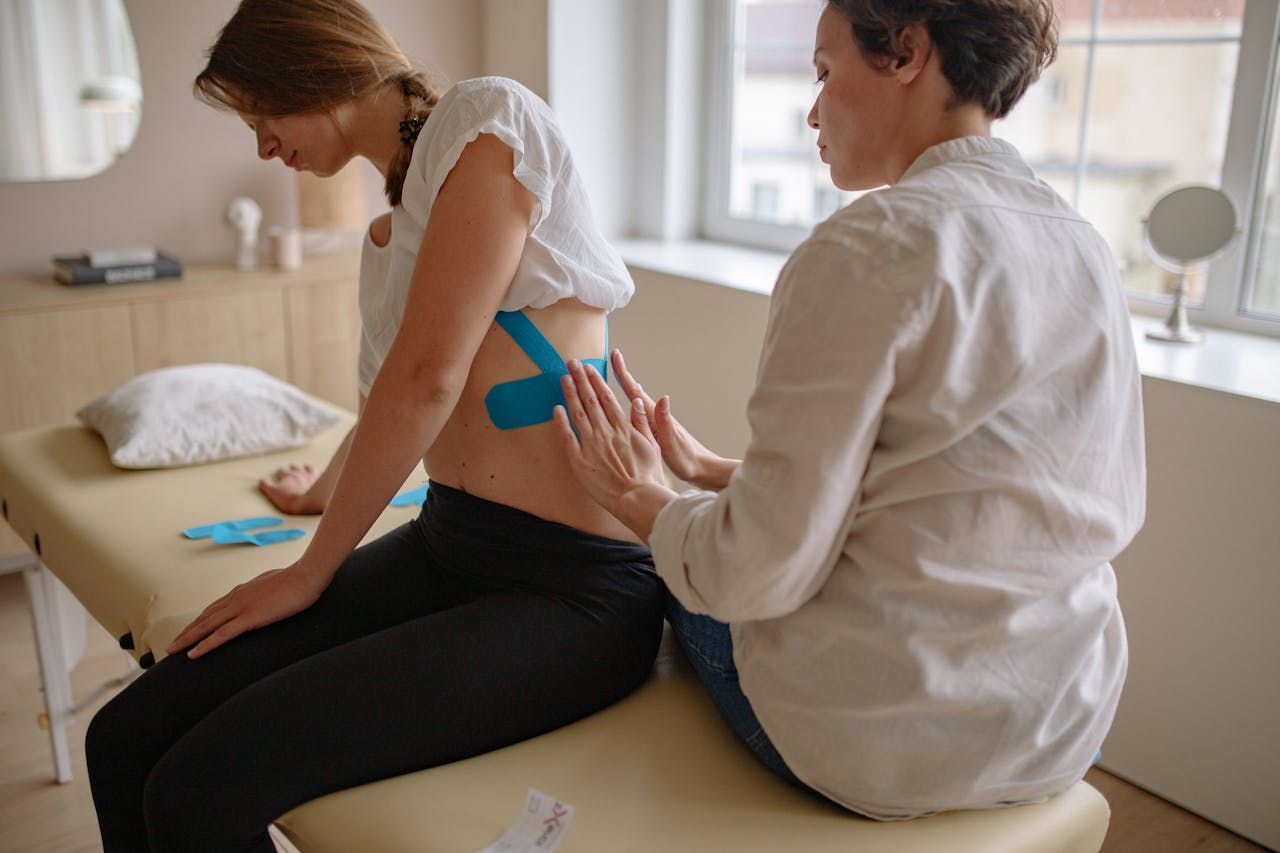
Polylaminin and the New Frontier of Spinal Cord Repair
For generations, paralysis has symbolized one of medicine’s most unyielding frontiers — a point where science, compassion, and human resilience collide with biological finality. Millions of patients around the world have been told that damage to the spinal cord is irreversible, a condition from which there is no return. Yet in a modest research lab in Rio de Janeiro, Brazil, a new story is emerging — one that may redefine what recovery looks like.
For more than two decades, neuroscientist Dr. Tatiana Coelho de Sampaio and her colleagues at the Federal University of Rio de Janeiro have pursued a radical idea: that a modified form of a naturally occurring protein could coax the injured spinal cord to heal itself. Their innovation, known as polylaminin, is based on laminin, a structural protein vital for cell attachment and communication within the nervous system. By reengineering laminin into a stable polymer, they may have unlocked a new path toward functional recovery once thought impossible.
Now, after years of quiet study, this discovery has moved from the pages of scientific journals to international headlines. Preliminary human data hint that polylaminin could help restore degrees of movement in paralyzed individuals — an outcome once confined to science fiction. The evidence remains early, the trials small, and the questions many. Yet for the first time in decades, the reversal of spinal cord injury is no longer dismissed as fantasy but is entering legitimate scientific debate.
Inside the Science of Polylaminin
Laminin’s role in the body is to act like scaffolding for cells, guiding them to grow, connect, and form organized tissue networks. After spinal injury, this biological support system collapses. The local environment turns hostile to healing, filled with inflammatory molecules and scar tissue that block nerve regeneration.
To overcome that barrier, the Rio research team created polylaminin, a polymerized version of laminin designed to form a mesh-like framework at the injury site. Instead of merely reducing symptoms, this bioengineered material aims to rebuild the damaged environment itself, giving neurons a structure to cling to and pathways to regrow along.
One of polylaminin’s key advantages is its versatility. It can integrate with stem cell therapies, growth factors, or other regenerative strategies, and it remains stable at body temperature, offering cells time to interact with it. In laboratory studies, neurons exposed to the polymer extended stronger, more organized axons, suggesting it might provide both physical and biochemical cues essential for regeneration. Scientists view it not as a passive material but as an active biological partner in healing.
From Lab Bench to Early Patients
Every medical innovation must traverse a long path from lab discovery to clinical application, and polylaminin has followed that arduous journey. Initial rodent experiments demonstrated that the polymer improved coordination and motor recovery compared to untreated controls. Microscopic analysis revealed why: the polymer formed a supportive lattice, allowing cells to anchor and reconnect more efficiently than with standard laminin alone.
Encouraged by these results, researchers moved to larger animal models — notably, dogs that had suffered naturally occurring spinal cord injuries. These real-world cases are far more complex than laboratory trauma models, making improvement far harder to achieve. Yet over a six-month period, treated dogs showed measurable improvements in gait and motor coordination without adverse effects. The results, published in Frontiers in Veterinary Science, represented a turning point: evidence that polylaminin could perform safely and effectively beyond the confines of controlled laboratory settings.
The next and most delicate phase involved human application. In a small, open-label pilot study, a handful of participants with acute traumatic spinal cord injuries received direct applications of the polymer within days of their accidents. Several regained partial voluntary movement below the level of injury — a rare outcome in patients with complete lesions. A report posted on medRxiv sparked global attention, marking one of the few instances in modern medicine where tissue regeneration in the spinal cord appeared to yield tangible functional recovery.
The Science Behind the Promise

Polylaminin’s strength lies in its biomimetic design. In culture experiments, neurons grown on the polymer attach more firmly and send out longer axonal projections, mimicking the conditions of early neural development. Beyond neurons, the compound may also moderate glial cell activity, which typically produces scar tissue that prevents reconnection. By tempering that response, polylaminin effectively opens up space for axonal bridges to form.
Because laminin occurs naturally in the human body, its polymerized form is expected to trigger fewer immune reactions — an essential factor for any implantable therapy. However, challenges remain: the adult spinal cord’s environment is notoriously resistant to regeneration, and the treatment must be delivered precisely at the injury site without worsening trauma. Moreover, scaling up the polymer’s production to clinical-grade standards will demand both funding and stringent regulatory oversight.
The Unanswered Questions
Despite the promising results, experts stress caution. The early human data involve only a few participants and lack control groups, making it impossible to rule out spontaneous or partial recovery unrelated to treatment. Most subjects were treated within days of injury, leaving it unclear whether polylaminin would benefit those living with chronic paralysis.
Long-term safety also remains uncharted. No studies have yet followed patients for years to determine whether the polymer continues to integrate safely or could cause delayed immune or structural complications. Until comprehensive, peer-reviewed clinical trials are completed across multiple centers, claims of restored mobility must remain provisional.
What Comes Next
Researchers are now planning multicenter, randomized clinical trials involving larger, more diverse patient populations. These will assess dosage, delivery methods, and long-term outcomes — the real tests that separate hopeful innovation from proven therapy.
In Brazil, the project awaits review by ANVISA, the national health authority, while hospitals in São Paulo prepare to participate if approval is granted. International collaborations are also under discussion, potentially linking researchers in Europe and the United States. Beyond spinal injury, scientists are exploring whether polylaminin might aid in neurodegenerative diseases such as ALS or peripheral nerve damage, expanding its potential impact far beyond its original scope.
Supporting Healing While Science Progresses
Although widespread clinical use of polylaminin may still be years away, individuals living with spinal cord injuries can strengthen their bodies and minds through complementary lifestyle strategies. A nutrient-dense diet rich in omega-3s, antioxidants, and anti-inflammatory foods supports nerve health, while physical therapy and aquatic exercises enhance mobility and circulation. Mindful movement practices such as yoga, breathing techniques, and meditation can foster resilience and help manage pain.
Holistic care does not replace medical treatment, but it builds a foundation for better recovery outcomes. Patients who nurture both physical and emotional well-being are often better prepared to benefit from future breakthroughs like polylaminin.
Looking Ahead with Hope and Balance
The story of polylaminin is far from complete. Whether it becomes a cornerstone of regenerative medicine or remains a scientific stepping stone will depend on the rigor of ongoing research. Yet even now, it has shifted the global conversation — proving that the boundary between irreversible and repairable injury may not be as fixed as once believed.
For those living with paralysis, hope must balance with patience. Healing will likely come from both technological innovation and daily acts of resilience — from research labs and from the human spirit. As science moves forward, so too can individuals, blending optimism with self-care. Together, they form the two halves of progress: one driven by discovery, the other by endurance.
News in the same category


4 types of ornamental plants that easily cause allergies and poisoning in children, parents should consider before planting

Most Attractive Hobby a Man Can Have According to Women

Make Your Sausages Juicier and More Flavorful With This One Simple Step Before Cooking
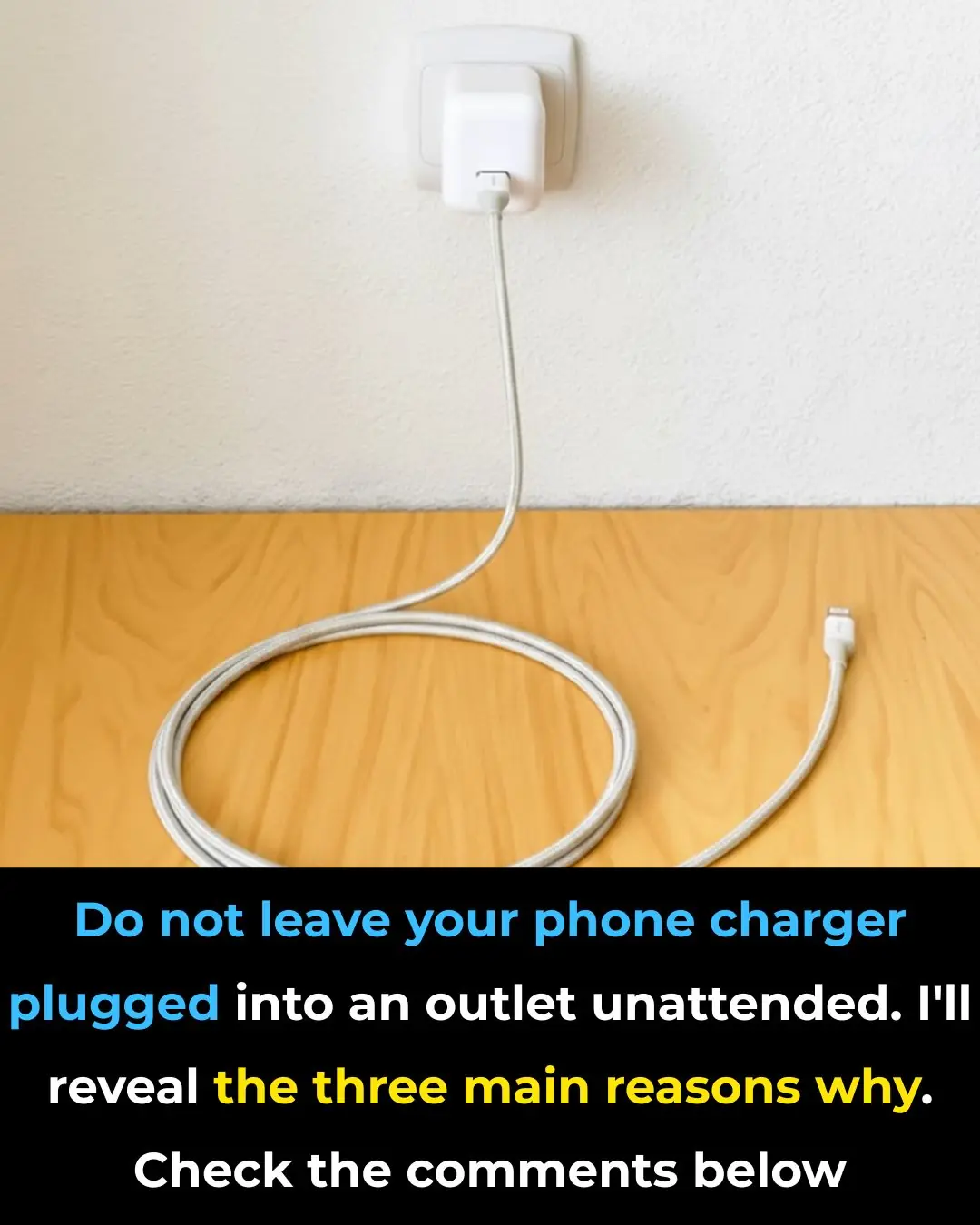
Don’t Leave Your Phone Charger Plugged In
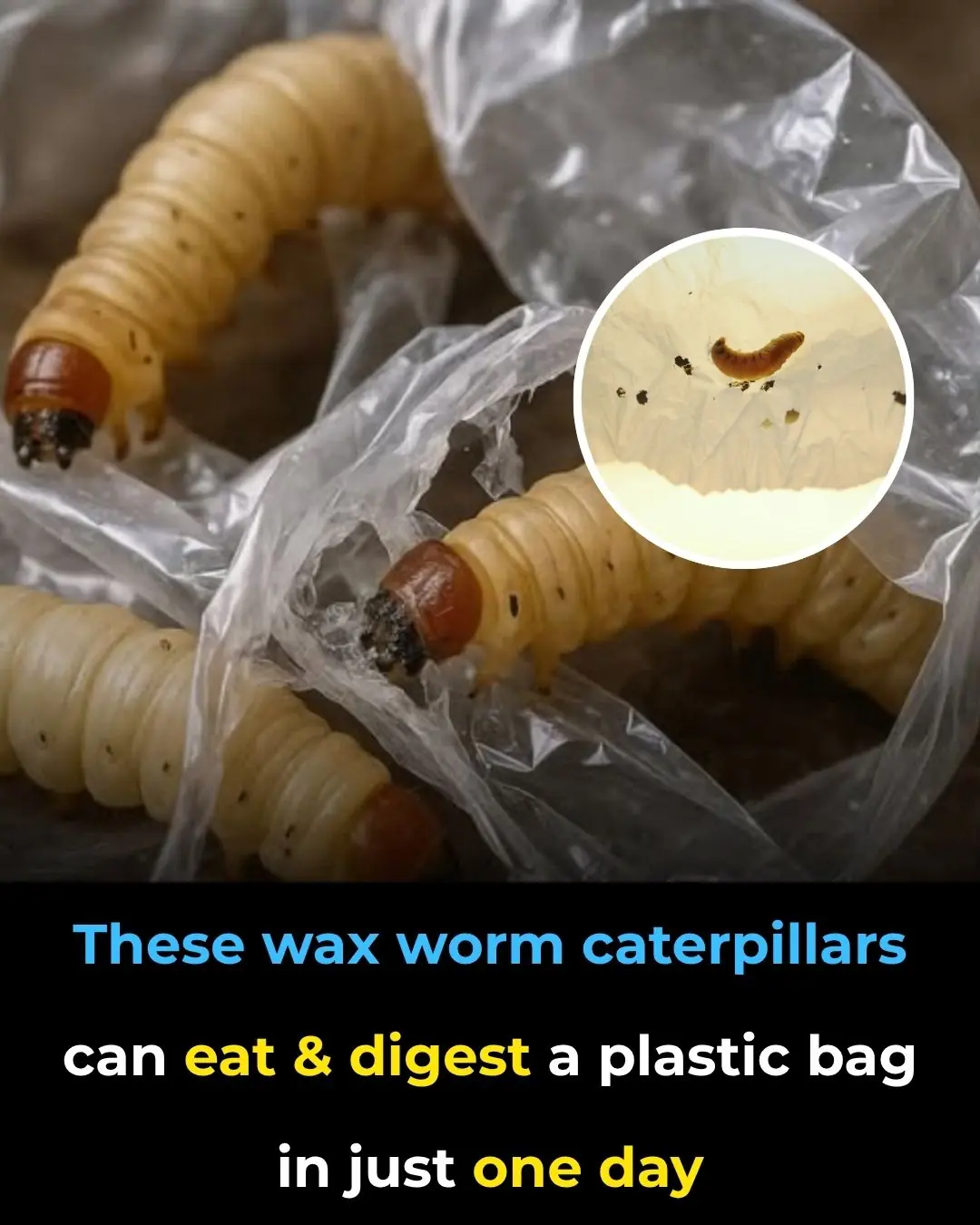
These Wax Worm Caterpillars Can Eat & Digest a Plastic Bag in Just One Day
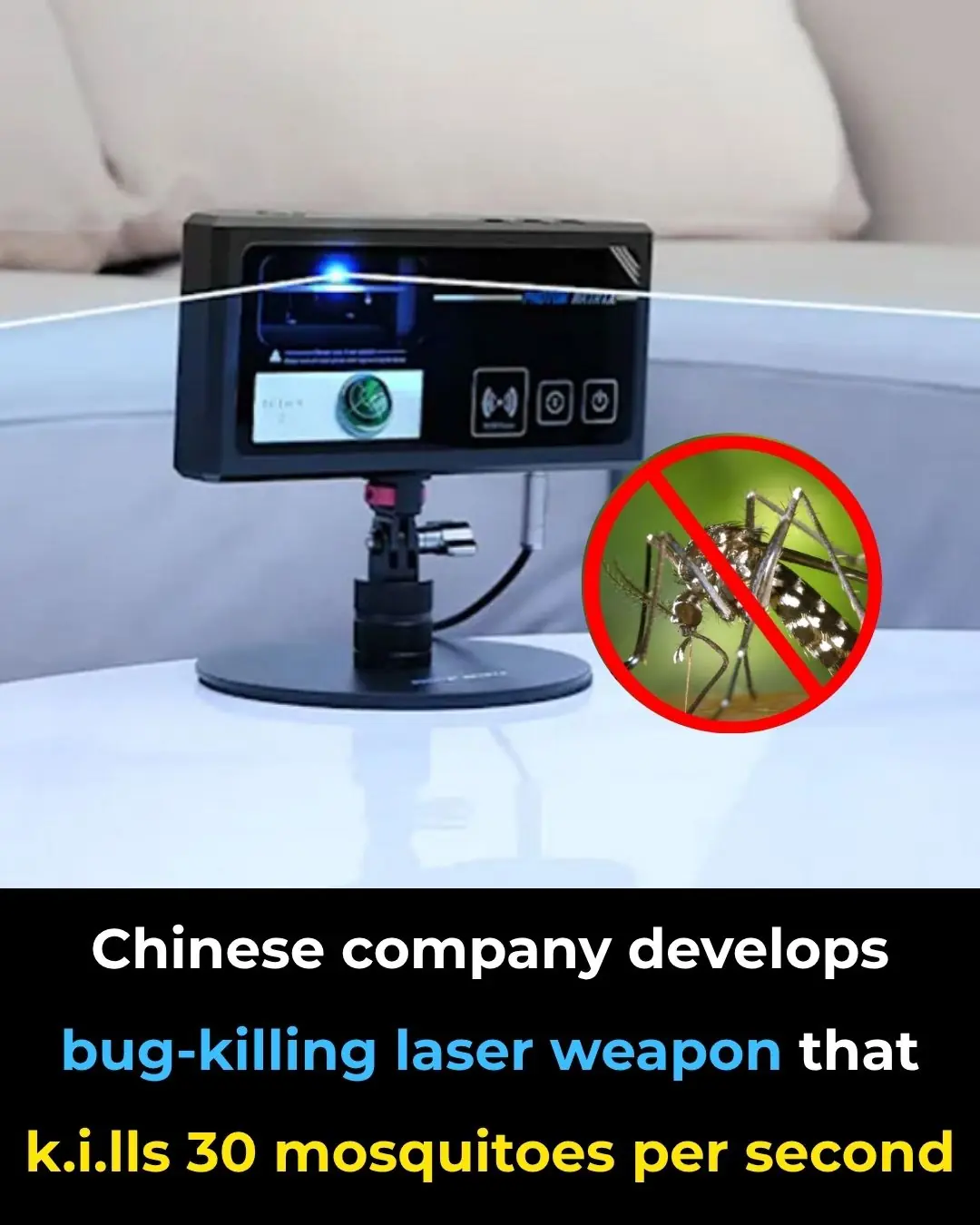
AI Laser Zaps 30 Mosquitoes Per Second from 6 Meters Away
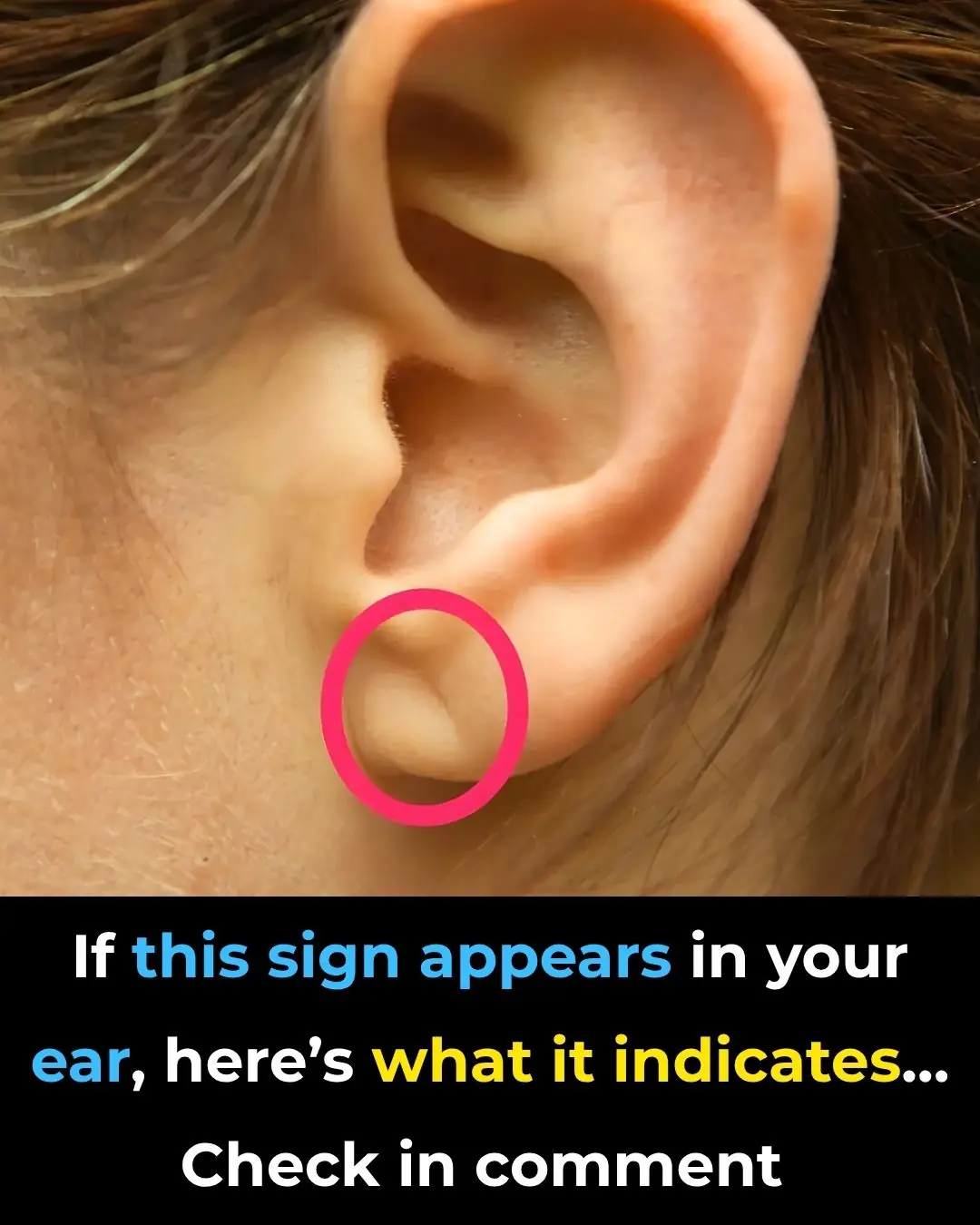
What Is Frank’s Sign

Can You See the Hidden Number in This Optical Illusion

Choose a Potion
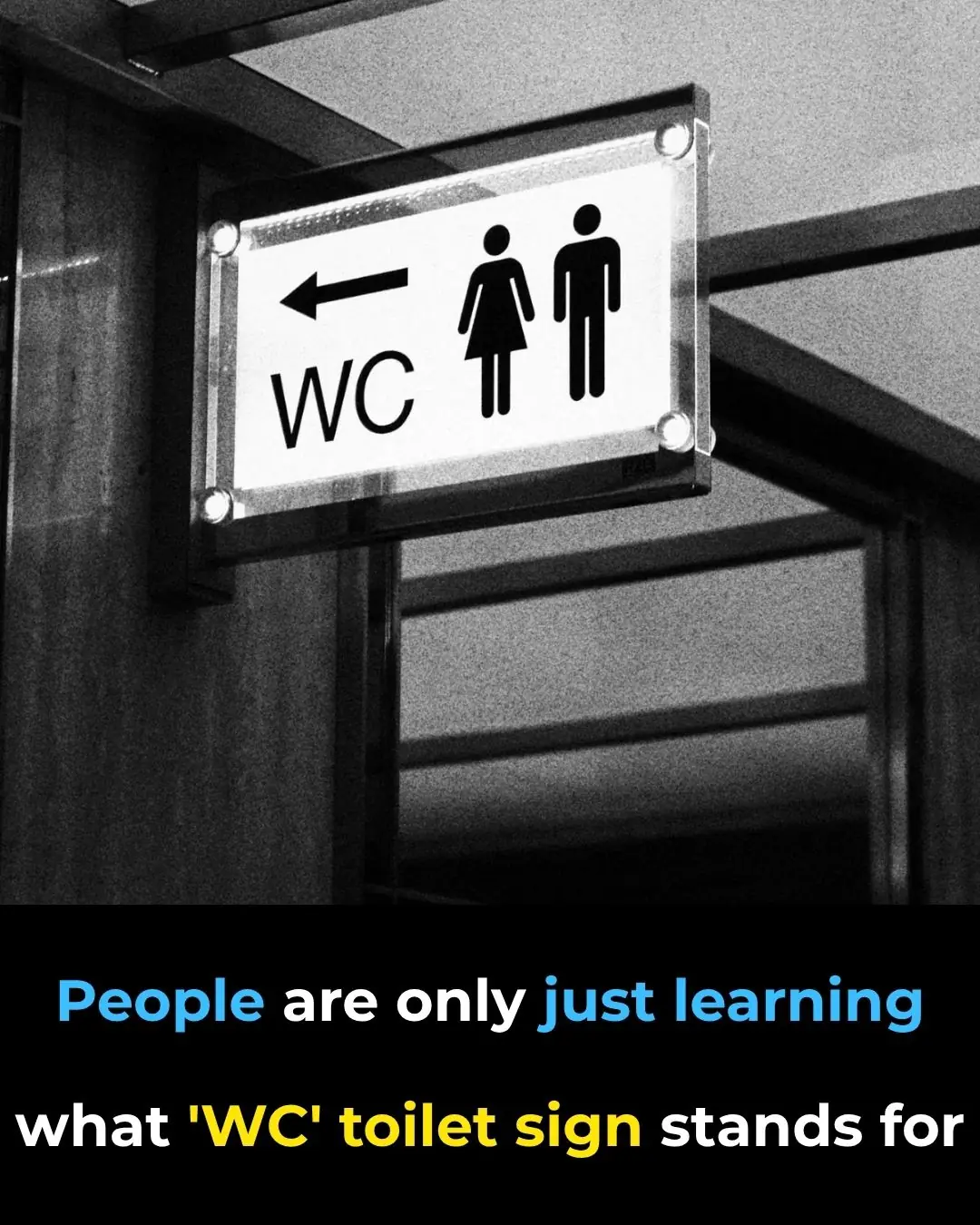
The Meaning Behind the WC Toilet Sign

Trump Claims Tariffs Ended Six Wars: The Politics Behind His Latest Foreign Policy Assertion

Scientists Catch Grumpy Cat of the Himalayas on Camera for the First Time

Most people will go their entire lives without ever knowing what the microwave ring cover is actually for
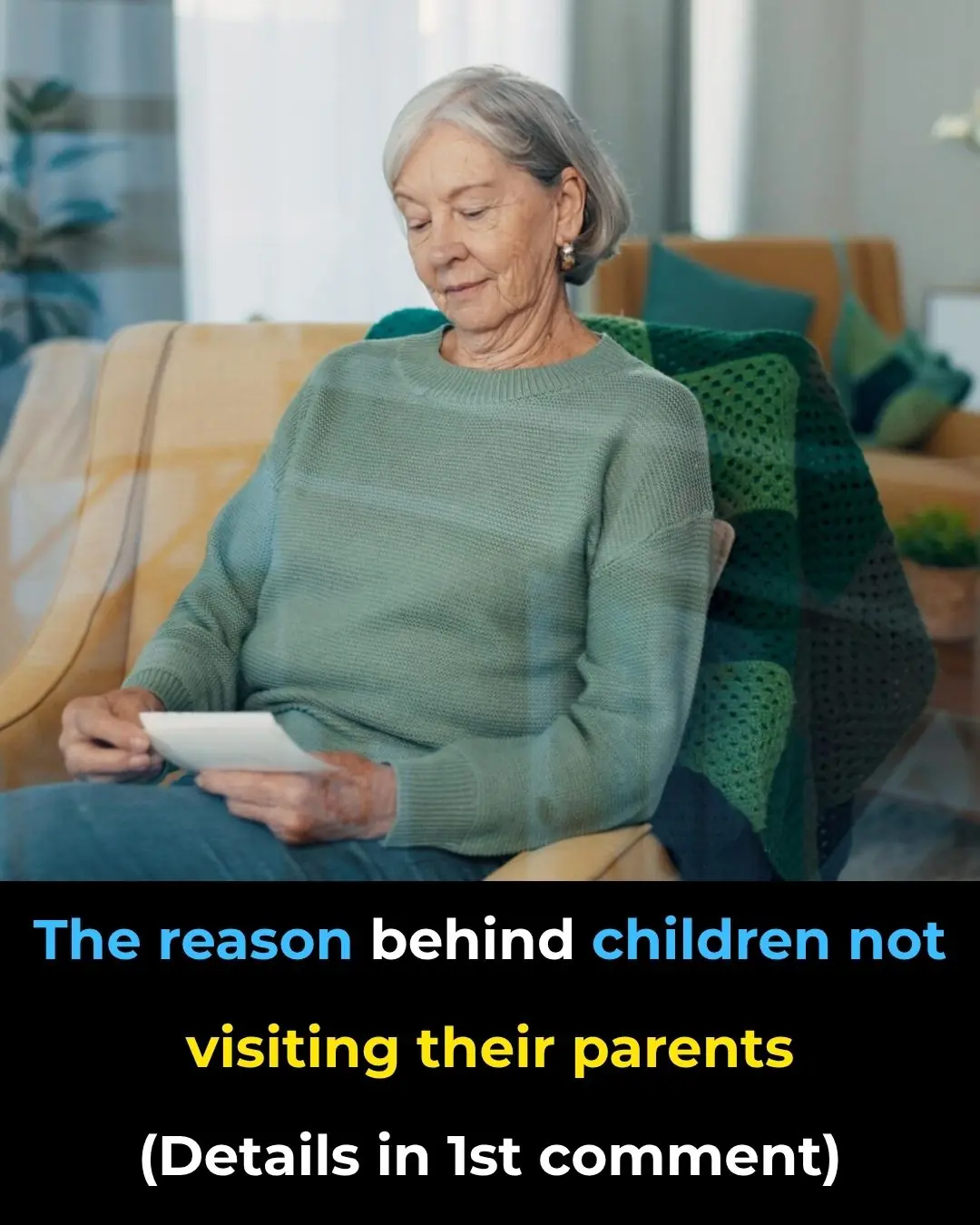
The reason behind children not visiting their parents

Backlash Grows After Trump’s Dismissive Comment to Female Journalist

Scientists Just Won a Nobel Prize for Discovering How to Stop Your Immune System from Attacking You

What’s the Reason Behind Painting Trees White?
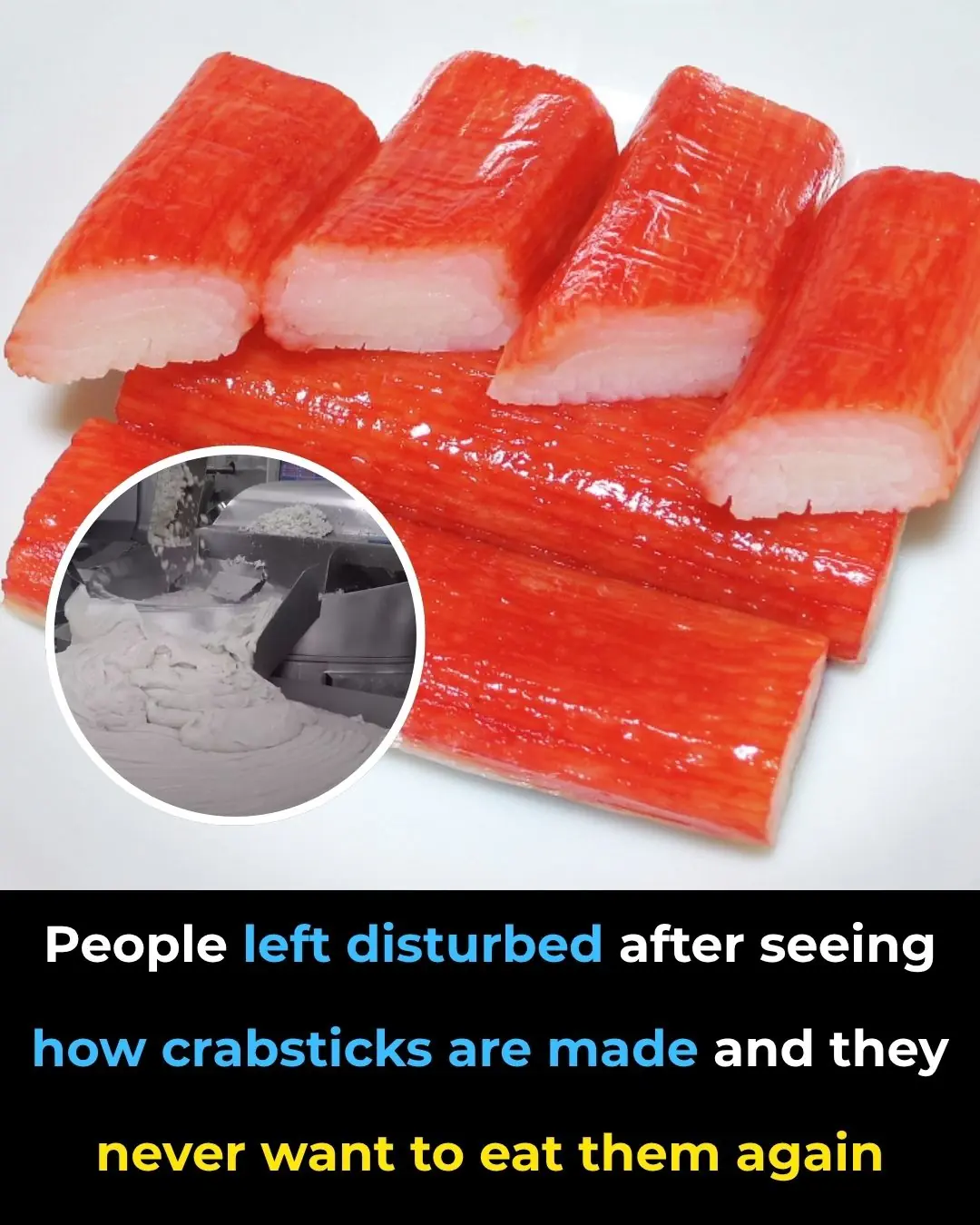
People Left Disgusted: Shocking Truth About How Crabsticks Are Made
News Post
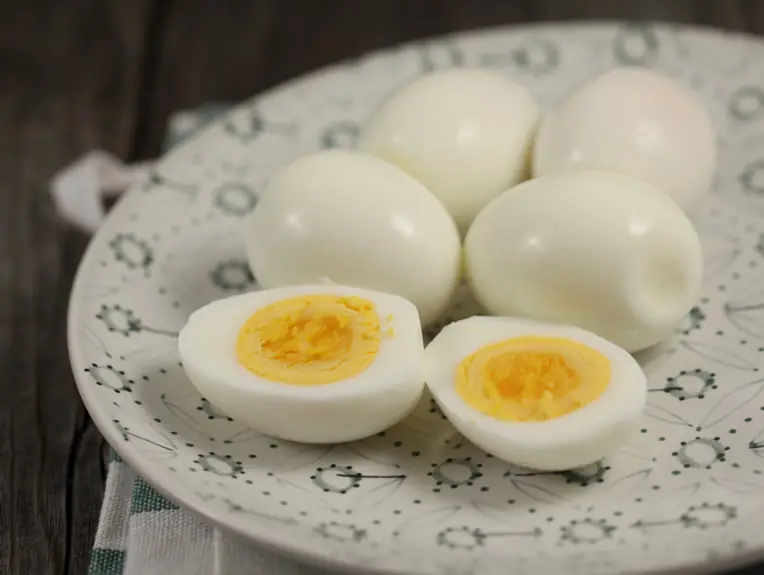
What Happens If You Eat 4 Whole Eggs a Day for 30 Days?

The Most Powerful Anti-Cancer Food You’ve Probably Never Tried
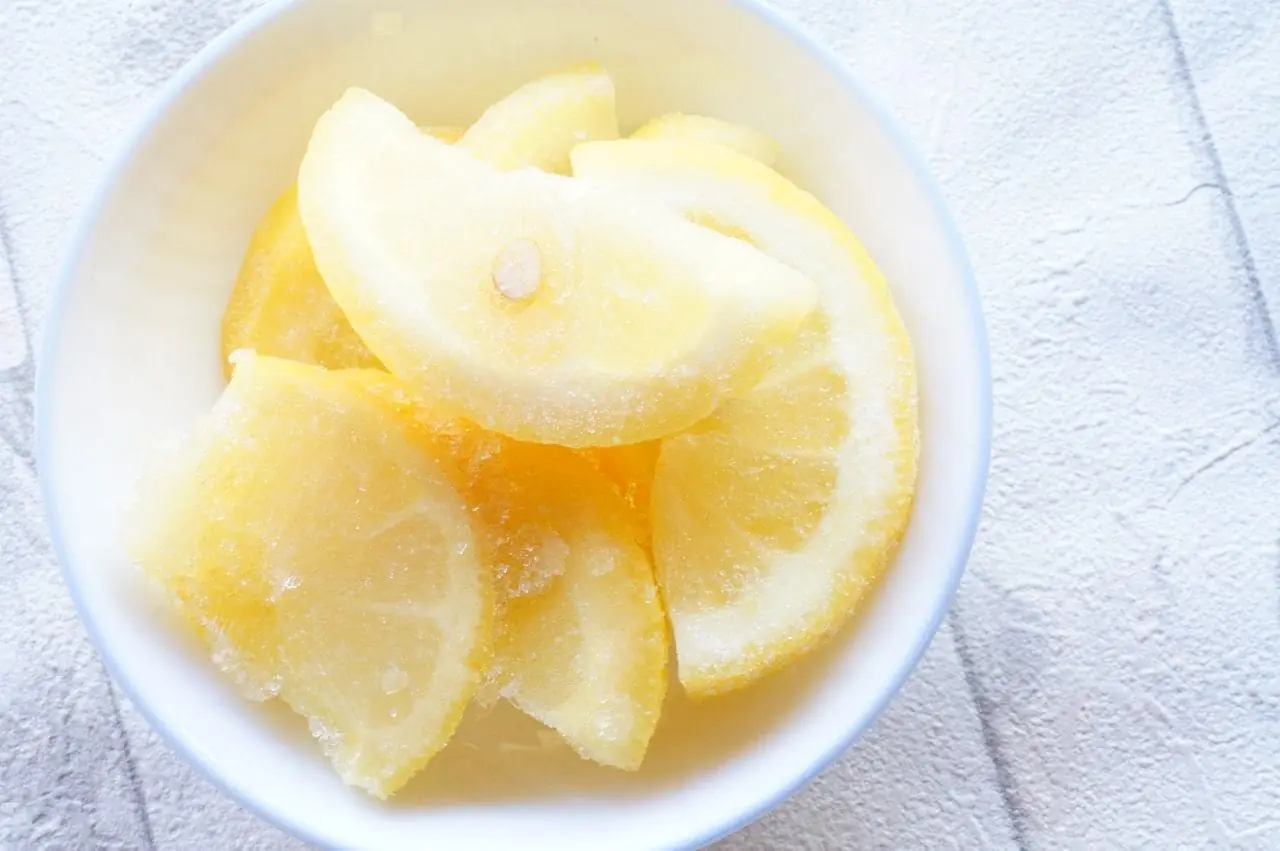
How to Use Frozen Lemon to Help Combat Malignant Tumors in the Body

When a Liger Met the Dolphins.

A Great Day in Harlem — and the Echo That Followed.
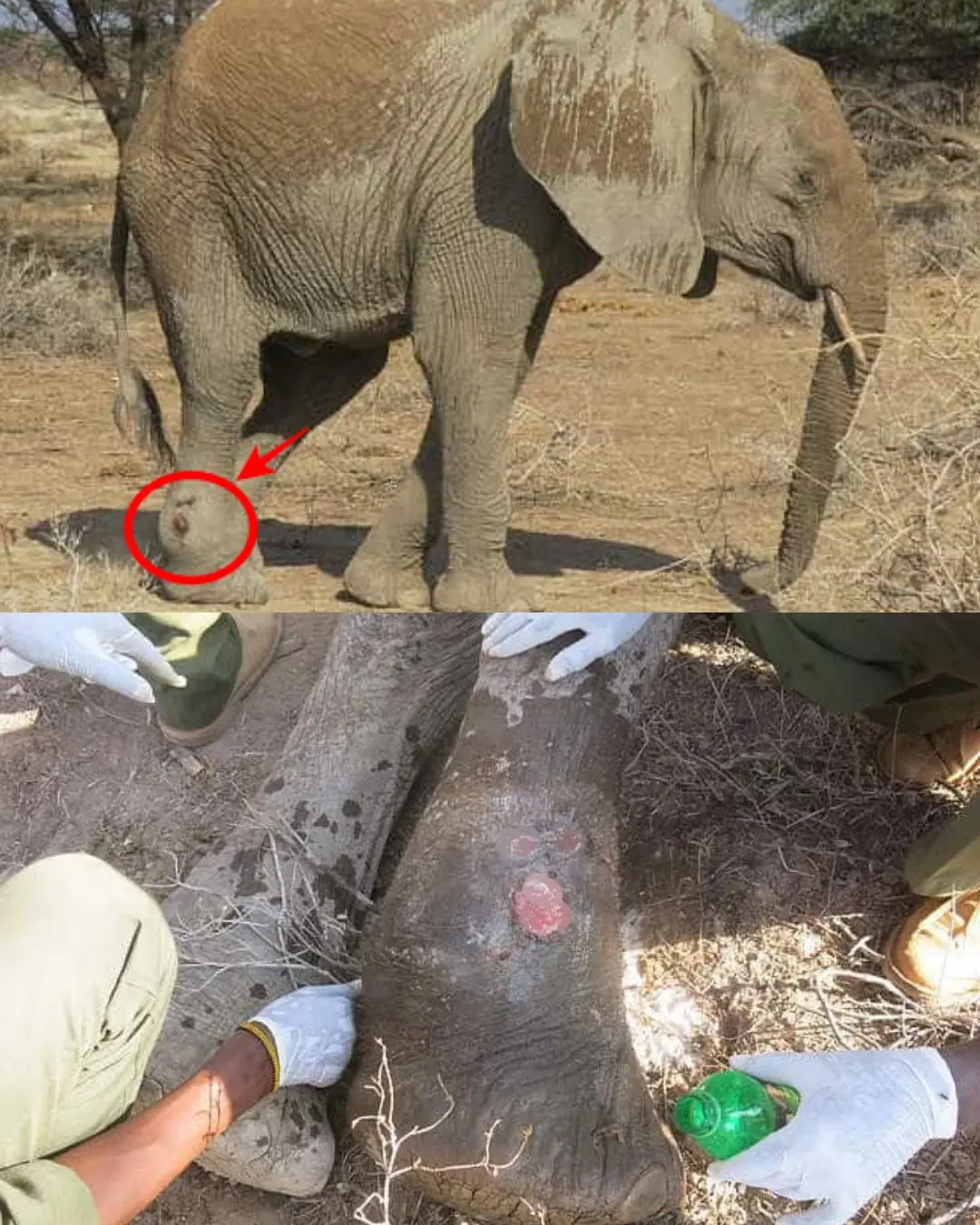
A Limping Giant’s Second Chance: The Young Elephant Who Refused to Fall.
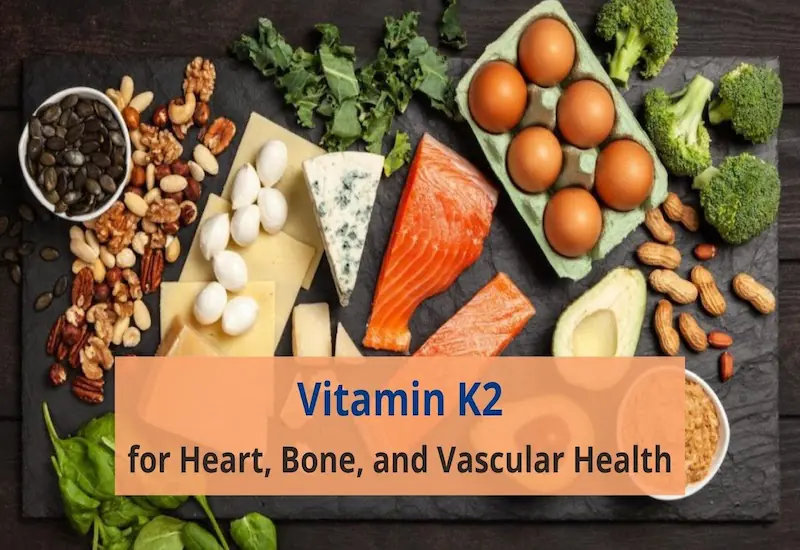
Vitamin K2: The Underrated Nutrient That Protects Your Heart and Arteries
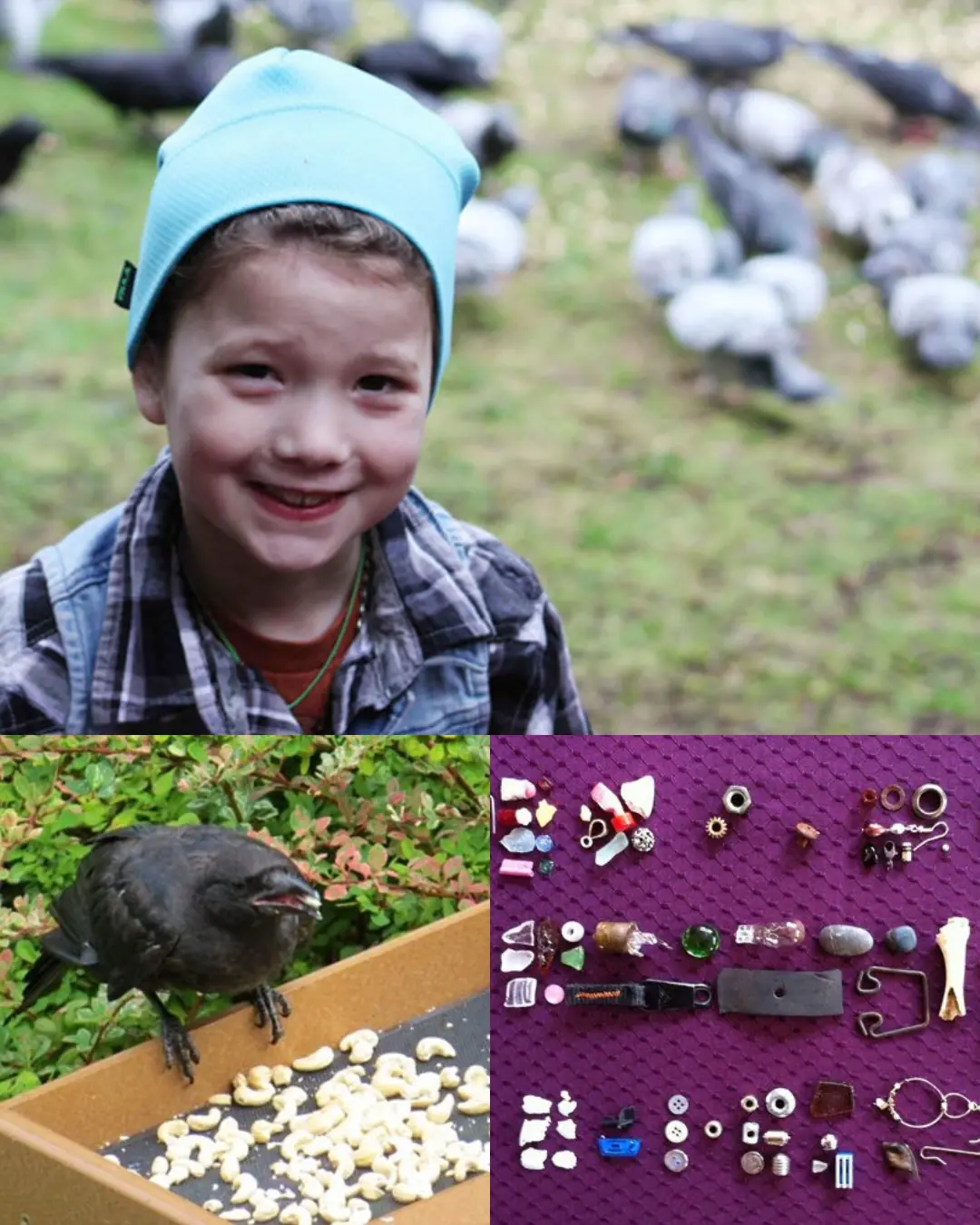
The Little Girl and the Crows.
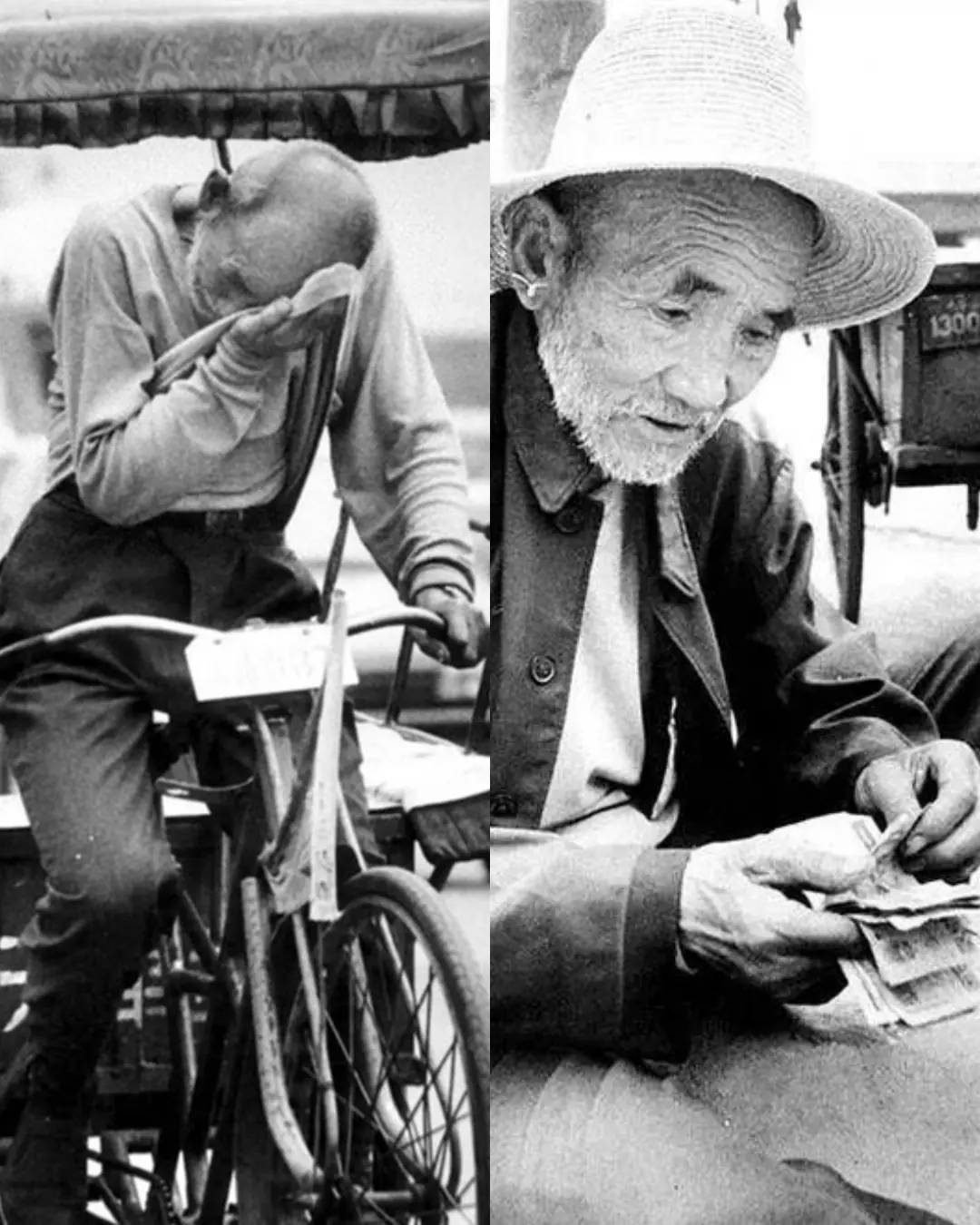
The Rickshaw Driver Who Sent 300 Children to School.

The Girl Who Hugged the Enemy – Normandy, 1944.

The Lioness Who Couldn’t and the Dog Who Did: A Story of Unexpected Motherhood
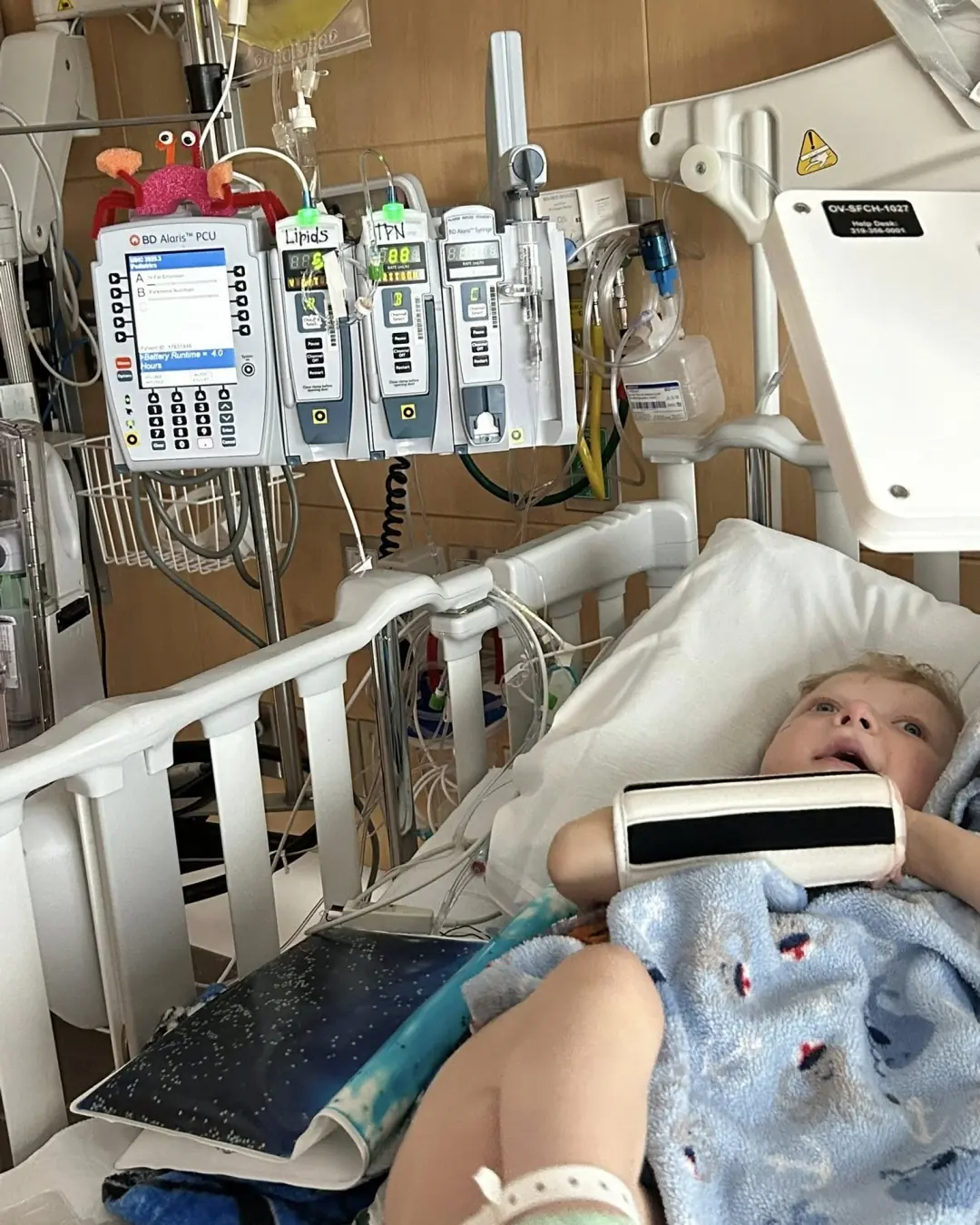
Maverick’s Return to Joy: From Hospital Halls to Home on the Horizon

The Riders of the Rhino: A Living Legend Emerges from the Wild
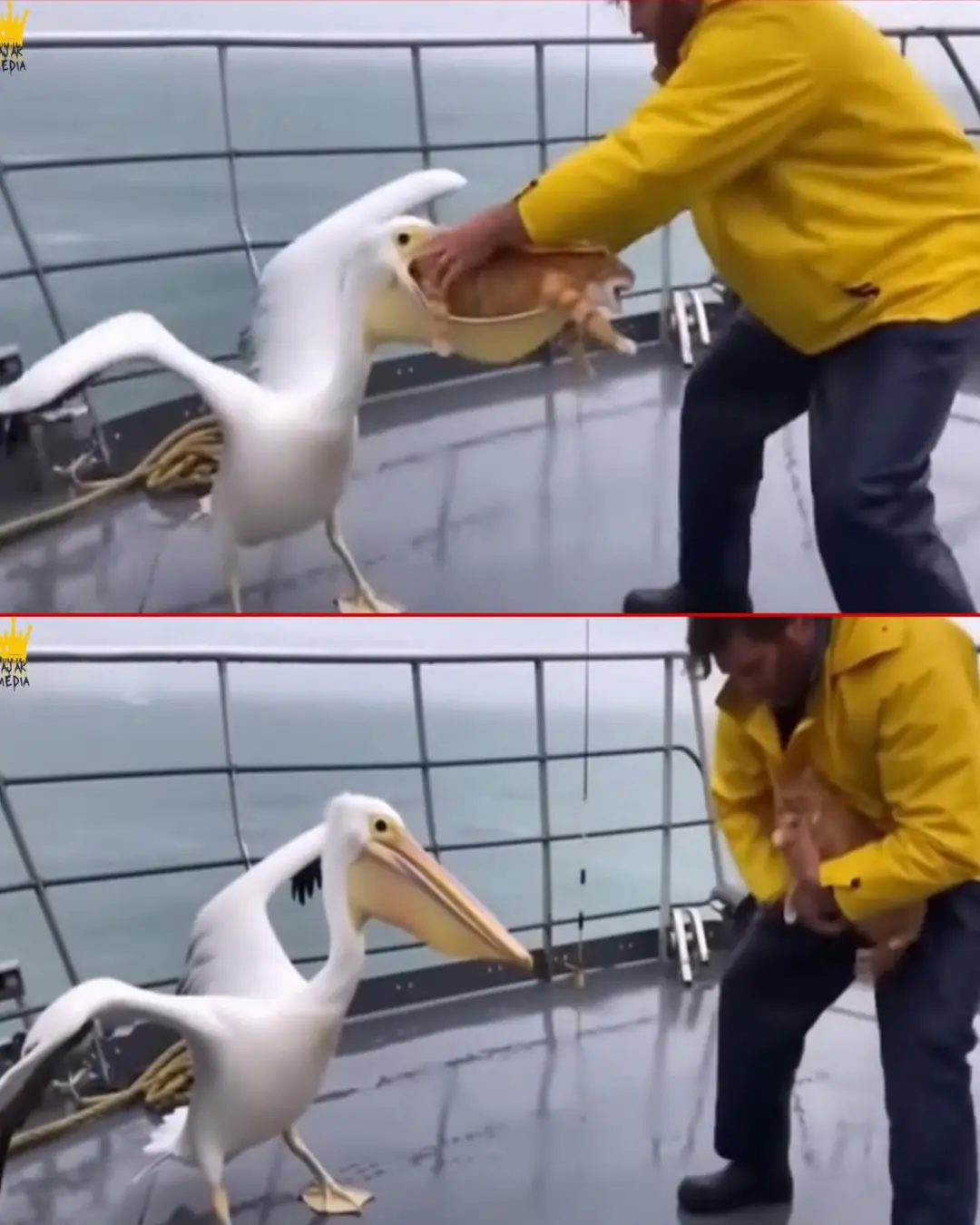
The Day the Sea Played a Joke: Fisherman, Cat, and the Pelican That Didn’t Think Twice
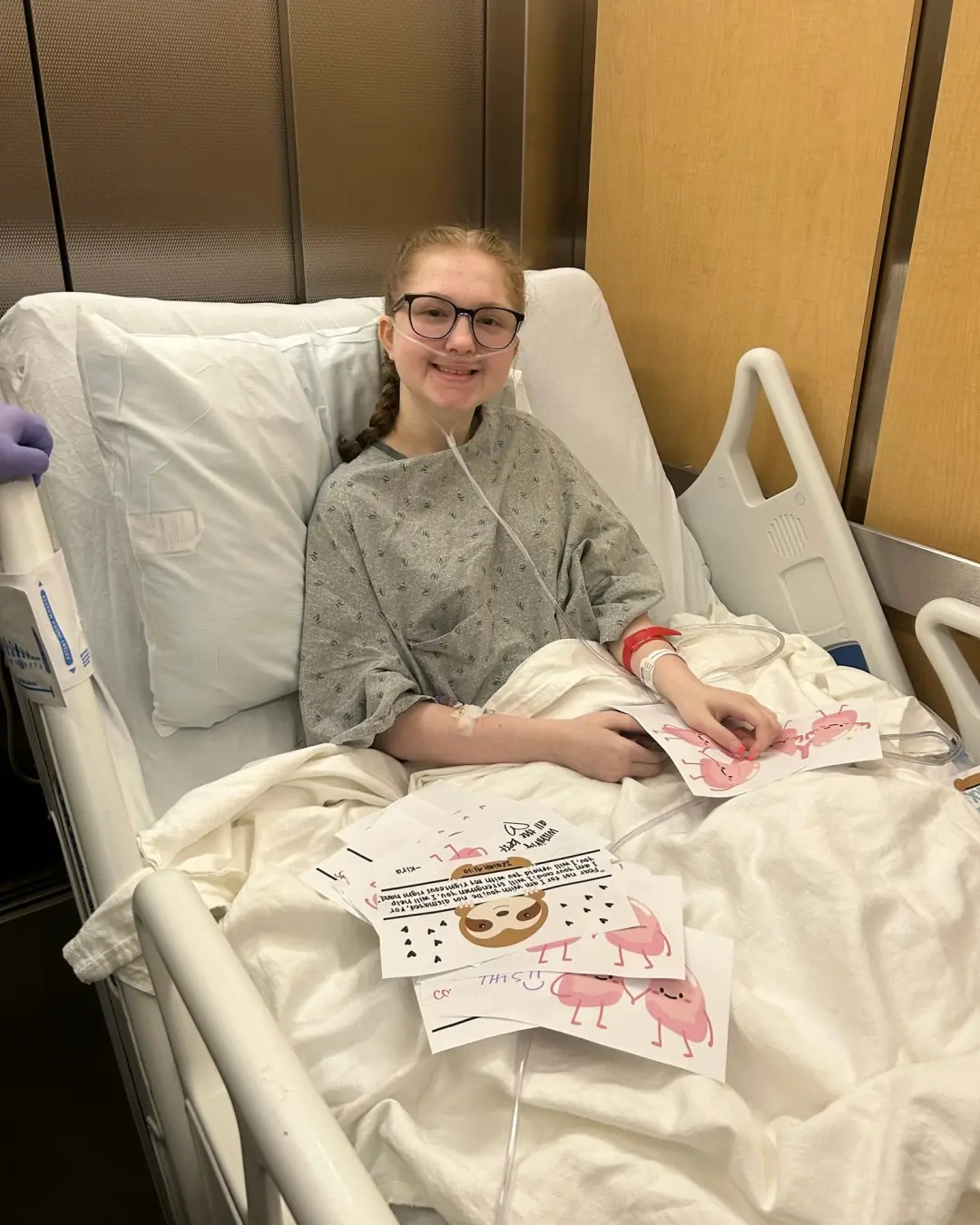
Grace’s Story: A Life Measured in Courage, Resilience, and Dance
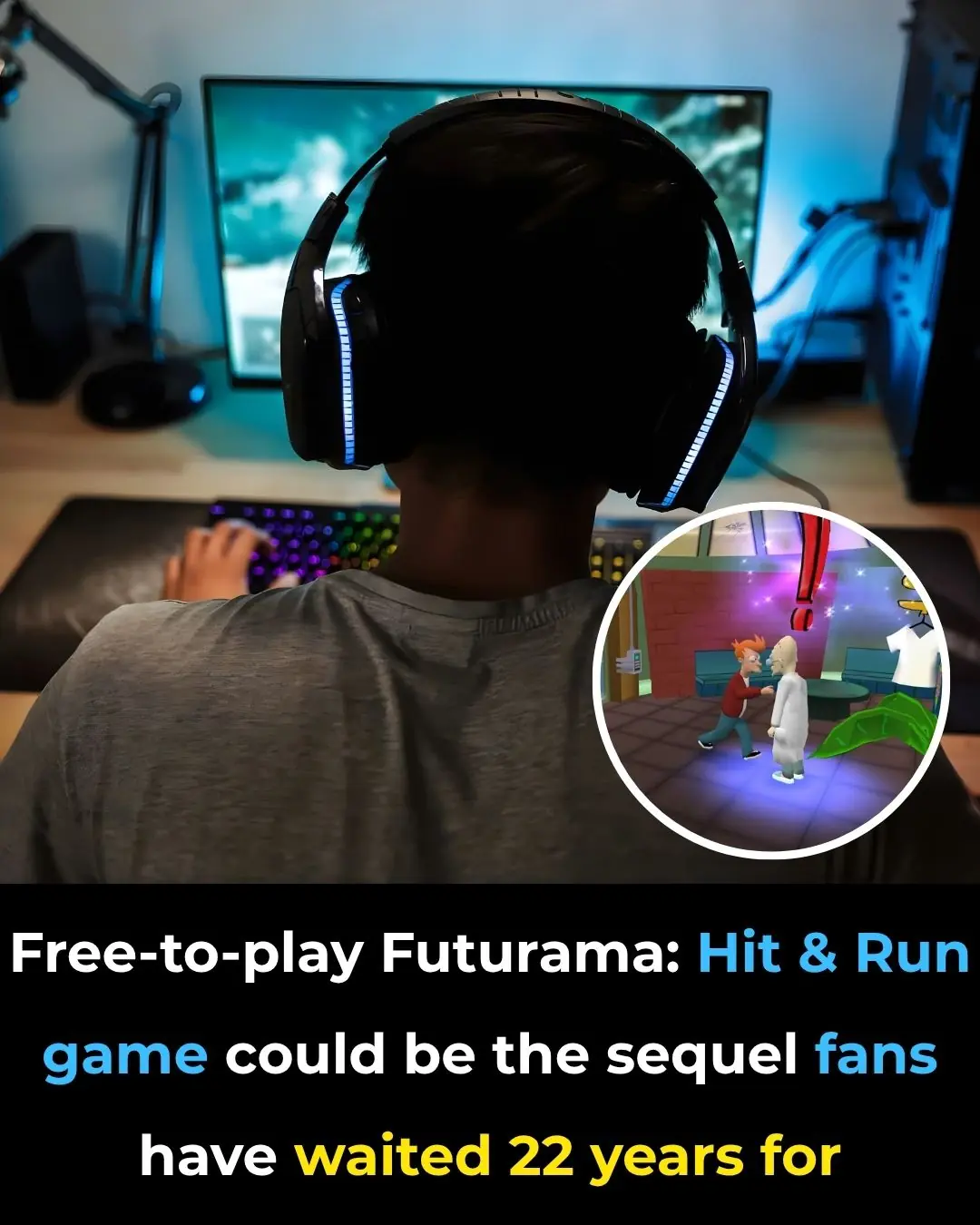
Free-to-play Futurama: Hit & Run game could be the sequel fans have waited 22 years for

Trump and Zelensky have savage response to calls to build 70-mile tunnel linking Alaska to Russia
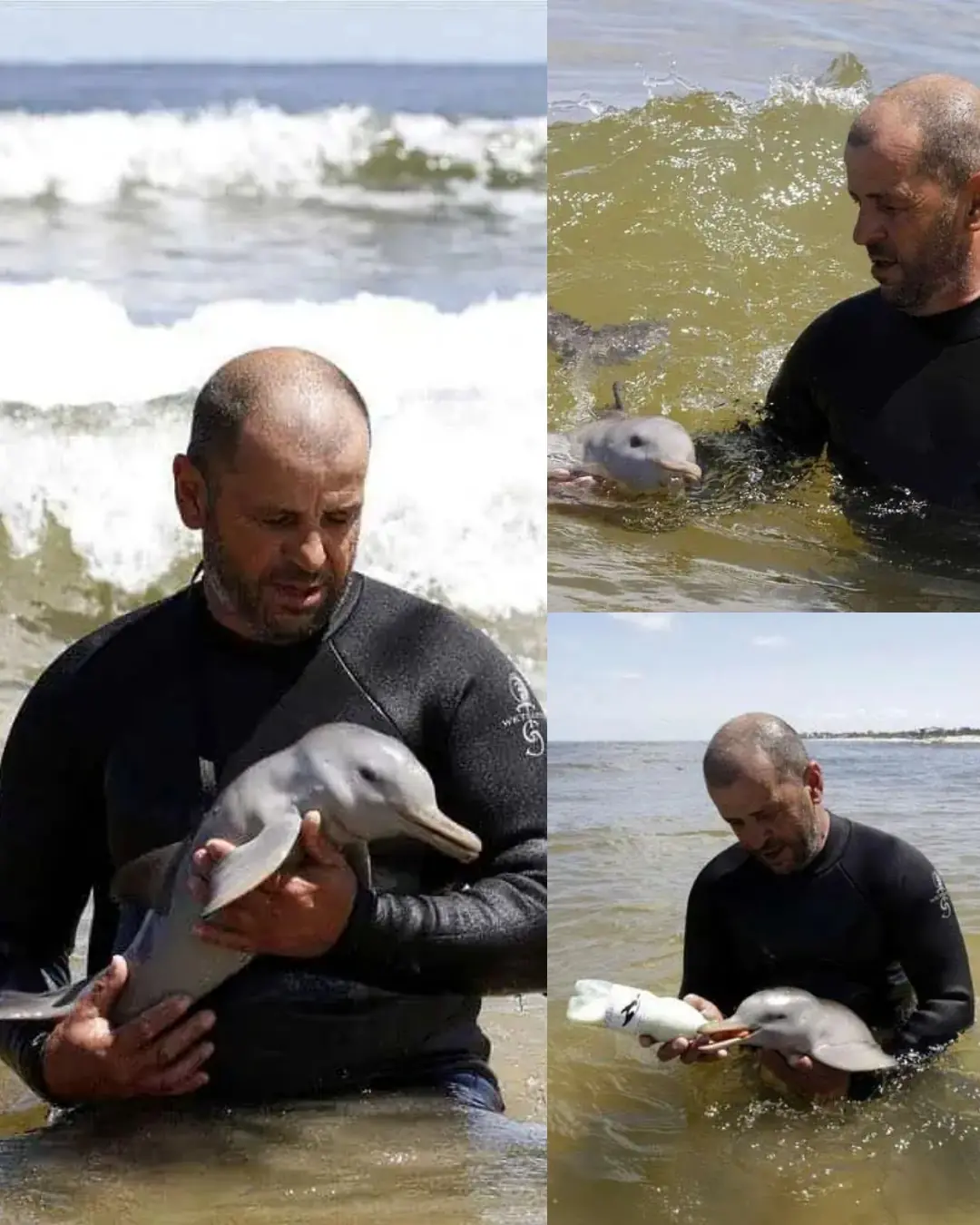
The Man and the Dolphin: A Story of Compassion That Touched the World
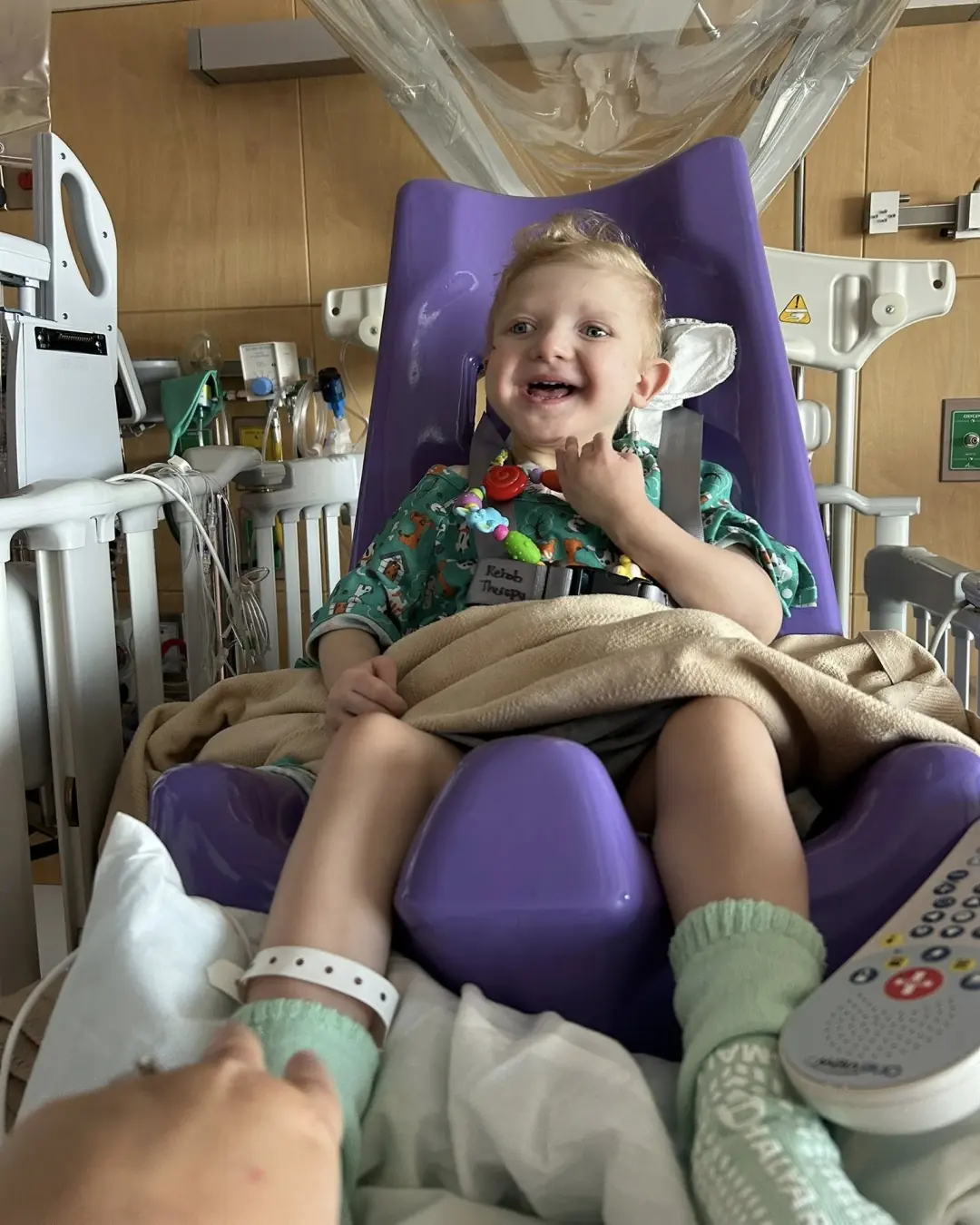
Mavy’s Countdown to Freedom: A Chair, a Smile, and the End of a Long Hospital Stay
